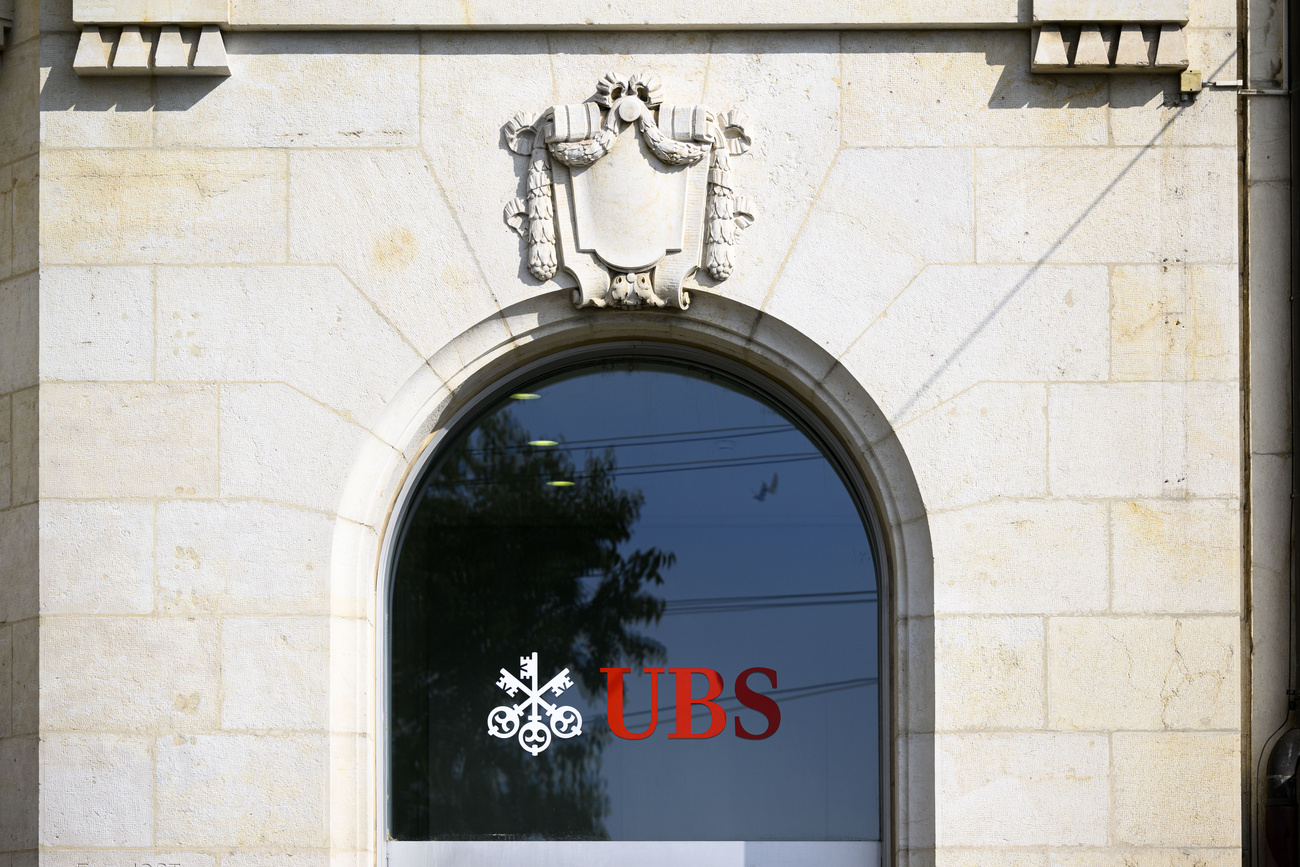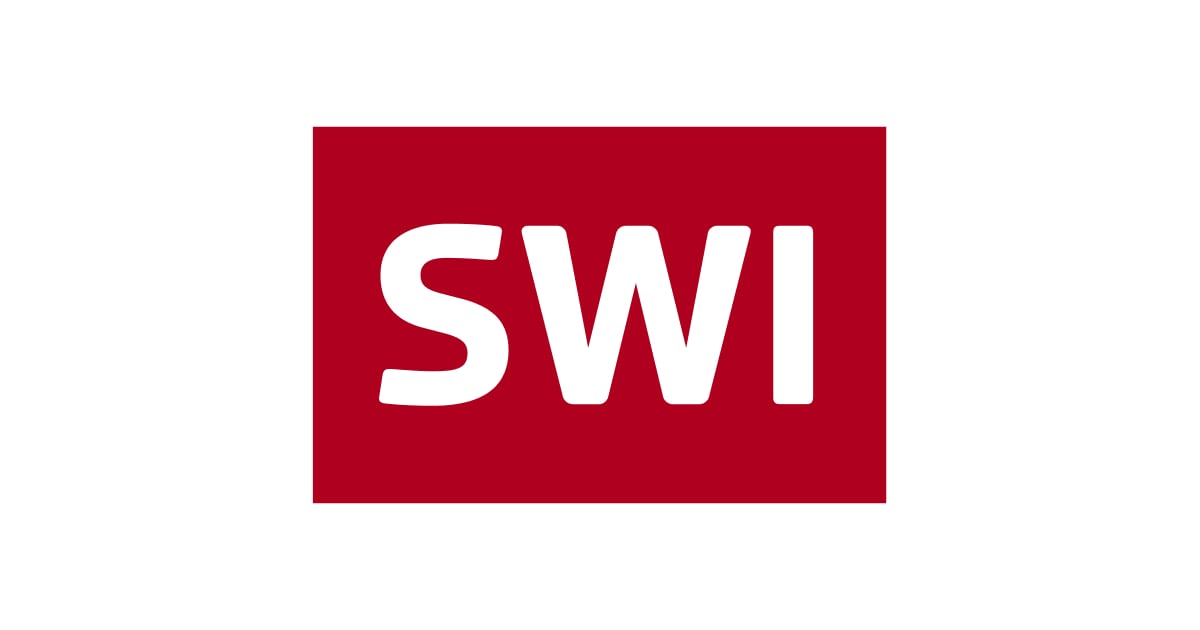
Europe’s Junkiest Junk Off Limits Amid Brutal Restructurings
(Bloomberg) — Debt investors have been so badly bruised by a recent string of fractious restructurings in Europe that they’ve started actively avoiding the continent’s riskiest credits.
In a year that’s been defined by almost insatiable demand for corporate bonds, European debt rated triple C — one of the lowest ratings categories that usually offers big rewards to compensate for investment risk — has returned next to nothing. That compares with more than 4% for other ratings groups, Bloomberg index data shows.
It’s even worse in the loans world, where total returns for triple-C borrowers are down 1.8%, compared to 4% for better rated single B borrowers so far in 2025, according to data compiled by Bloomberg Intelligence.
“There’s lots of demand for high-yield debt, but it really drops off once you reach a certain ratings bracket,” said Felicity Juckes, a portfolio manager at TwentyFour Asset Management LLP, a boutique of Vontobel Group. “If you are buying a triple C rated company, you have to have strong conviction on the enterprise value and the recovery rate. For me, it’s an avoid at the moment.”
Aggressive restructuring deals in which majority lenders negotiate favorable terms at the expense of the minority have become more common in Europe after investor rights started being diluted in debt documentation during the era of ultra-low interest rates. While such practices have long been commonplace in the US, the deeper, more liquid markets make it easier for high-yield investors to get out of restructuring situations at an earlier stage.
In stark contrast to their European peers, triple-C bonds in the US have recently outperformed their better-rated peers, with spreads tightening to around 629 basis points, compared with over 1,000 basis points on the other side of the Atlantic, Bloomberg indexes show.
The slump in appetite for Europe’s highest-yielding debt risks creating a vicious cycle in which companies are more likely to face restructurings because their borrowing costs are higher, which in turn fuels even more reluctance to own them. Only one company — Flora Foods — has managed to sell CCC-rated debt in Europe this year and that was in the niche Nordic market and helped by the fact that the company has other higher-rated debt.
Default rates may already be understated due to the increased use of tools like liability-management exercises, in which companies come up with creative ways to refinance debt, sometimes at a cost to creditors, according to Joop Kohler, head of credit at Robeco Institutional Asset Management.
European restructurings that have left a bitter aftertaste with investors include a recent deal between Swiss vending machine operator Selecta Group and its creditors that forced terms on minority debt holders, and an agreement between flooring manufacturer Victoria Plc and a group of its creditors.
The Victoria deal borrowed a US staple called uptiering, in which a portion of bonds is exchanged for first-priority notes, while the remainder are subordinated, even though all bondholders had the same rights under the previous documentation.
There’s very little that bondholders who end up with the subordinated debt can do because they accepted weaker covenants when low interest rates forced them to compete to lend to riskier firms. Companies have also responded to the credit squeezes that have mushroomed as borrowing costs climbed by finding creative ways to get around some covenants, often by pitting one set of creditors against another.
“Covenants are pretty much gone, so there aren’t a lot of triggers to get to the table,” said Domenico Lia, Partner and Co-Head of the London office at King Street Capital Management LP. “The role of the creditors’ committee is becoming more prominent.”
Debt Financing Turns Cutthroat in War Over Fine Print: QuickTake
Meanwhile, a number of borrowers, especially those backed by private equity sponsors, have been using the recent clamor for credit to try to push through clauses in debt sales that would make it even harder for creditors to recover their investment.
Creditors often push back against these terms. Platinum Equity-backed Spanish waste management firm Urbaser SA, for example, recently had to dial back on some aggressive clauses in order to get a bond sale done.
One example of a clause that has been cropping up in debt documentation is “portability”, which allows private equity firms to transfer the company to a new owner without repaying the debt. Some have even attempted to sell debt without a so-called J Crew Blocker, which would allow them to transfer assets to unrestricted subsidiaries and therefore affect the money recovered from a default event.
In the loans world, the trend of investors avoiding triple-C debt is being exacerbated by a 7.5% limit that governs how much risky debt collaterized loan obligations can hold on their portfolios. CLOs, which bundle loans into bonds of varying risk and reward, are the biggest buyers of leveraged loans.
Spreads on CCC-rated loans are currently close to 1,400 basis points, compared with 257 basis points for BB-rated loans, according to a recent research note published by Oaktree Capital. Since leveraged buyout volumes surged when interest rates were low, the recent trend of investors avoiding triple-C debt risks leaving companies in a difficult situation.
“The spread reflects a bleak outlook,” Steve Tesoriere, co-portfolio manager at Oaktree, wrote in the note. “Many of these CCC issuers can’t invest to grow and will struggle to refinance, making restructurings inevitable.”
–With assistance from Rachel Graf, Giulia Morpurgo, Liza Tetley and Neil Callanan.
(Updates to add investor comment in eighth paragraph.)
©2025 Bloomberg L.P.




































